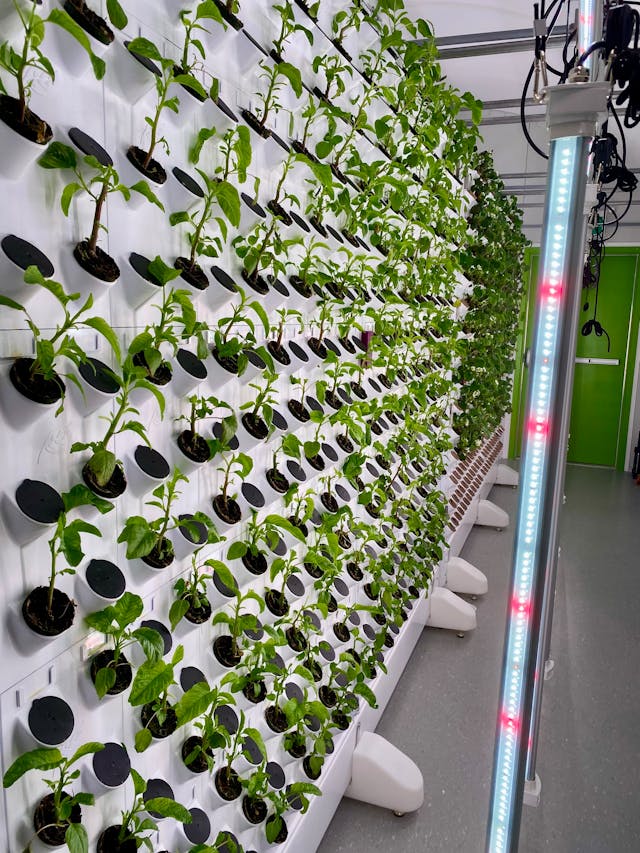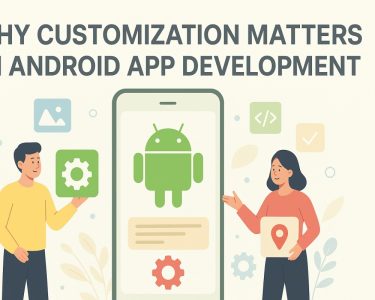Introduction
The advent of the Internet of Things (IoT) has revolutionized various industries, and agriculture is no exception. Smart agriculture, leveraging IoT, is transforming traditional farming practices, making them more efficient, productive, and sustainable. This article delves into what smart farming entails and how it is reshaping the agricultural landscape.
What is a Smart Farm?
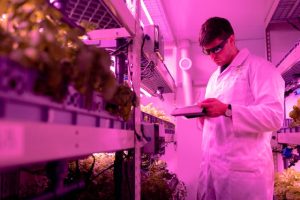
Smart farming, also known as smart agriculture, leverages advanced information and communication technologies to optimize various farming activities. The primary goal is to boost the quantity and quality of agricultural products while reducing the physical labor required. Below, we’ll dive into the core technologies drive smart farming:
Key Technologies in Smart Farming
1. Sensors
Sensors are fundamental to smart farming. They measure a range of critical parameters such as:
- Soil Moisture: Identifies the water content in the soil, ensuring plants get the right amount of water.
- Water Levels: Monitors water availability, crucial for irrigation management.
- Light Intensity: Ensures plants receive the optimal amount of light for growth.
- Humidity: Tracks atmospheric moisture, an essential factor for various crops.
- Temperature: Measures ambient temperature to help regulate greenhouse environments and protect crops from extreme weather conditions.
2. Software
Specialized software solutions are tailored to meet specific farming requirements. These can range from simple applications to complex IoT platforms that are capable of integrating various functions:
- Farm Management Software: Helps in planning, monitoring, and analyzing all farm activities.
- Resource Management Software: Optimizes the use of resources like water, fertilizers, and pesticides.
- IoT Platforms: Provide a centralized system to handle data from various IoT devices, enabling better decision-making.
3. Connectivity
Connectivity technologies such as cellular networks and Long Range (LoRa) communications are critical for smart farming:
- Cellular Networks: Allow real-time data transmission and remote monitoring.
- LoRa: A low-power, wide-area networking protocol designed to wirelessly connect battery-operated devices to the internet in regional, national, or global networks.
4. Location Services
GPS and satellite systems play a significant role in smart farming by providing precise location tracking. These systems help in:
- Field Mapping: Creating detailed maps of farm areas for better planning and resource allocation.
- Geofencing: Setting up virtual boundaries for automated equipment.
- Asset Tracking: Monitoring the location of machinery and other assets in real-time.
5. Robotics
Robotic technologies are making labor-intensive farming tasks more manageable by automating processes:
- Autonomous Tractors: Perform plowing, seeding, and harvesting with minimal human intervention.
- Processing Facilities: Automate sorting, packaging, and other post-harvest activities.
6. Data Analytics
Data analytics is crucial for turning the vast amounts of data collected by sensors and other devices into actionable insights:
- Standalone Analytics Solutions: These offer specialized tools for data analysis, helping farmers make informed decisions.
- Data Pipelines: Transfer data from IoT devices to analytics platforms, enabling seamless data flow and comprehensive analysis.
The Role of IoT in Smart Agriculture
IoT is the cornerstone of smart farming, connecting machines and sensors on farms to create data-driven, automated agricultural processes. Farmers can monitor field conditions and make strategic decisions without having to be physically present.
The IoT-Based Smart Farming Cycle
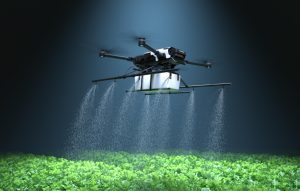
The core of IoT in smart agriculture is data collection and analysis. IoT devices gather and process data continuously, enabling farmers to respond quickly to any issues or changes in conditions. The smart farming cycle typically involves four stages:
1. Observation
Sensors collect observational data from crops, livestock, soil, or the atmosphere. This raw data is the foundation for actionable insights.
2. Diagnostics
The collected sensor data is sent to a cloud-hosted IoT platform equipped with predefined decision rules and models. This stage assesses the condition of the monitored subjects and identifies any deficiencies or needs.
3. Decisions
The IoT platform, often augmented by machine learning, evaluates the data to decide if specific actions are necessary. This could involve administering targeted treatments or making strategic adjustments.
4. Action
After the decision is made, the required action is taken—either automatically by connected devices or manually by the farmer. The cycle then starts anew as fresh data is collected.
Smart Solutions to Agriculture’s Problems
IoT can add value to all aspects of farming, from crop cultivation to livestock management. Two key areas where IoT has shown considerable promise are precision farming and automation.
Precision Farming
Precision farming, also known as precision agriculture, leverages IoT-based techniques to make farming more controlled and precise. This approach allows farmers to provide individualized care to plants and animals, enhancing their growth and health.
Benefits of Precision Farming
- Targeted Treatment: Farmers can administer pesticides and fertilizers more effectively by precisely measuring variations within a field.
- Resource Optimization: Precise measurements help in the optimal use of resources, reducing waste and costs.
- Enhanced Yield: By catering to the specific needs of each plant or animal, farmers can improve overall productivity.
Precision Livestock Farming
Like precision agriculture, precision livestock farming uses smart farming techniques to monitor the needs of each animal. This enables farmers to adjust nutrition and healthcare on an individual basis, preventing disease and promoting herd health.
Applications in Livestock
- Health Monitoring: Wireless IoT applications can track the location, well-being, and health of livestock, helping to isolate sick animals and prevent the spread of disease.
- Nutritional Adjustments: Real-time data allows for tailored feeding strategies, ensuring each animal receives the nutrients it needs.
Automation in Smart Greenhouses
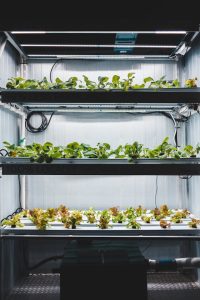
Traditional greenhouses often rely on manual interventions or proportional control mechanisms, leading to inefficiencies. Smart greenhouses powered by IoT can monitor and control climate conditions automatically, minimizing human intervention.
Features of Smart Greenhouses
- Environmental Sensors: Various sensors measure conditions like temperature, humidity, and light levels.
- Cloud-Based Control: Data gathered by sensors is stored on a cloud platform for real-time processing and control.
- Reduced Labor Costs: Automation reduces the need for manual labor, cutting down on operational expenses.
Agricultural Drones
Drones are increasingly being used in agriculture for tasks such as crop health assessment, irrigation, and monitoring. These aerial and ground-based drones collect multispectral, thermal, and visual imagery, providing valuable insights into various metrics like plant health indices and yield predictions.
Advantages of Agricultural Drones
- Comprehensive Monitoring: Drones can cover large areas quickly, gathering extensive data with minimal effort.
- Detailed Analysis: The imagery captured by drones helps identify issues that may not be visible to the naked eye.
- Resource Management: By pinpointing areas that need attention, drones help in the efficient use of resources.
The Broader Impact of Smart Agriculture
Importantly, smart agriculture isn’t just for large-scale farming operations. It also has significant applications in emerging agricultural trends like organic farming, family farming, and the preservation of high-quality crop varieties. By providing transparency and enhancing market consciousness, smart farming can benefit consumers and society at large.
Benefits Beyond Large-Scale Farming
- Organic Farming: IoT technologies can help organic farmers meet the stringent requirements for organic certification.
- Family Farming: Small-scale farmers can use smart farming techniques to optimize their operations and improve yields.
- High-Quality Crops: Precision farming can preserve and enhance the quality of specific crop varieties.
The Third Green Revolution
Smart farming and IoT-driven agriculture are spearheading what can be referred to as the Third Green Revolution. Following the revolutions in plant breeding and genetics, this new era in agriculture is characterized by the application of data-driven technologies like IoT, big data analytics, and robotics.
What to Expect from the Third Green Revolution
- Reduced Pesticide and Fertilizer Use: Smarter resource application will minimize the need for chemicals, reducing environmental impact.
- Improved Food Traceability: IoT will enable better tracking of food from farm to table, enhancing food safety.
- Increased Efficiency: Data-driven decisions will lead to more efficient farming practices, improving overall productivity.
- Environmental Benefits: Techniques like precision irrigation will lead to more efficient water use and reduced waste.
Conclusion
Smart farming, driven by IoT, is poised to revolutionize agriculture, making it more efficient, productive, and sustainable. From precision farming and livestock management to automated greenhouses and agricultural drones, the technologies involved in smart agriculture offer numerous benefits. As we move into the era of the Third Green Revolution, smart farming will play a crucial role in feeding a growing global population while minimizing environmental impact.
The future of agriculture lies in smart farming. By leveraging IoT technologies, farmers can achieve a more precise, resource-efficient approach to agriculture, ensuring food security for generations to come.

